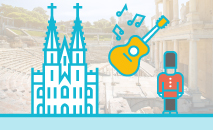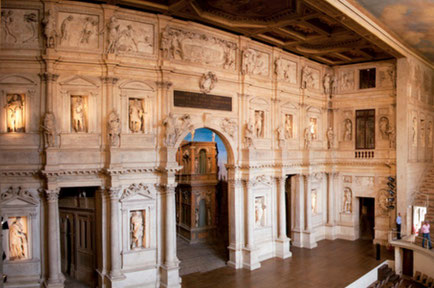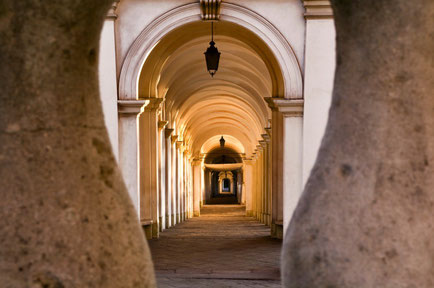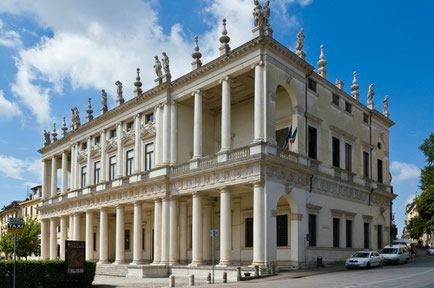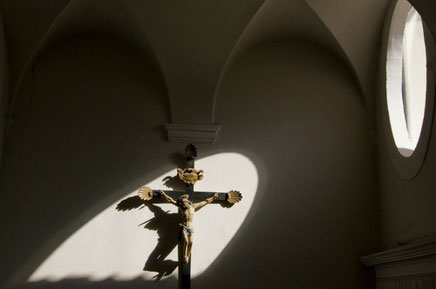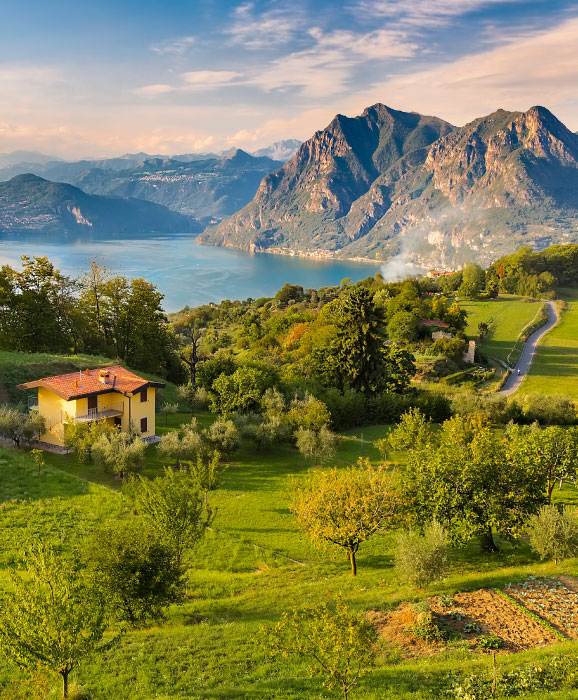Hotels in Vicenza
Andrea Palladio was born in Padua to Pietro della Gondola and Marta called “la zotta” (limping Martha). At the age of 16 he went to live in Vicenza, where he took his education and became one of the greatest architects of his time, and not only his time, thanks to the style called “Palladianism”, which spread all over the world: from the White House in Washington to the Queen’s House in Britain, from the University of Virginia to numerous palaces of St. Peterborough and Puskin.
Almost al portraits ascribed to Palladio show the text “architetto vicentino”, architect from Vicenza, and only in mid-twentieth century his birth town was discovered. Many other aspects of his life are uncertain: his birthplace, the family home in Vicenza, his features, the cause of his death and the place he died, and even the place he was buried. Gian Giorgio Trissino, his big mentor, was certainly right to give him the name Palladio, as though he was an angel or a mythological, or supernatural character.
One thing is certain: Vicenza, as UNESCO declared, has been universally recognised as the town of Palladio and has inscribed 23 monuments of its historic town centre and 16 villas of its province onto the World Heritage List, which are all ascribed to the architecture genius.
Visit Vicenza, city of Palladio!
Basilica Palladiana
Andrea Palladio was born in Padua to Pietro della Gondola and Marta called “la zotta” (limping Martha). At the age of 16 he went to live in Vicenza, where he took his education and became one of the greatest architects of his time, and not only his time, thanks to the style called “Palladianism”, which spread all over the world: from the White House in Washington to the Queen’s House in Britain.
Teatro Olimpico
The Olympic Academy can start the works for the theatre designed by Palladio only in 1580, the year in which he dies. Thus, he will not be able to see the end of the works, which will be supervised by his son Silla with the participation of Vincenzo Scamozzi, for the scenery and the famous seven streets of Thebes.
The Basilica of Monte Berico
From the Piazzale del Cristo, the long straight road goes on upwards, to reach the Basilica of Monte Berico, one of the greatest centres of Marian devotion in Italy, as well as an extraordinary monument, both for its architecture and its wealth of artistic objects. In front of the sanctuary there is the Piazzale della Vittoria, which opened in 1924 to commemorate the fallen of the First World War.
Palazzo Chiericati
This design is new for Palladio’s vision: a town palace and a suburban villa at the same time. It has been completed in mid-seventeenth century upon the former river harbour of the town. Since 1855 it has been seat of the Vicenza Town Museum.
Santa Corona Church
The church in the form of a Latin cross was founded by the Dominicans to preserve the relic of the Holy Thorn, donated by the king of France Louis IX in 1259 to the bishop Bartolomeo da Breganze. It is presented to the public on Good Friday. Palladio was buried in this church in 1580; in mid19th century his remains were moved to the Temple of Fame at the Cimitero Maggiore, where the famous people of Vicenza rest.
Best in Europe.
Your ultimate bucket list to travel in Europe













